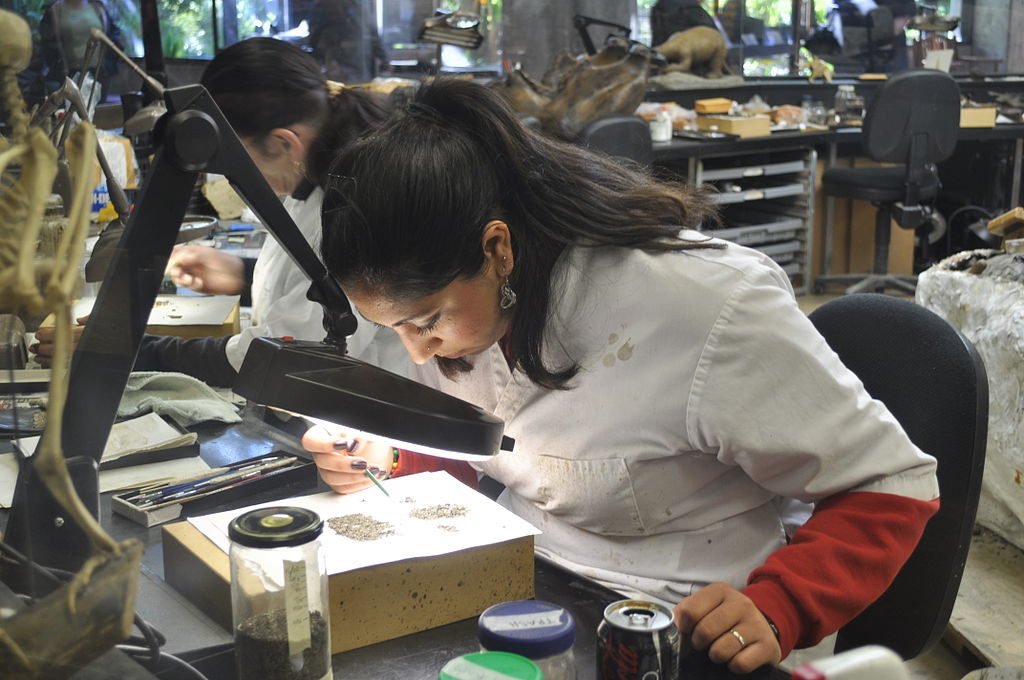Mary Ann Mantell’s casual stroll through the English countryside in 1822 would unexpectedly alter the course of scientific history. While accompanying her husband, Dr. Gideon Mantell, on a house call near Lewes in Sussex, her curiosity and sharp eye led to a discovery that would help establish the field of paleontology and transform our understanding of Earth’s history. This seemingly ordinary woman made an extraordinary contribution to science when she spotted unusual fossilized teeth that would eventually be identified as belonging to a previously unknown creature—an “Iguanodon,” one of the first dinosaurs ever scientifically described. Her discovery sparked a scientific revolution that continues to shape our understanding of prehistoric life and evolution.
The Unassuming Heroine of Paleontology
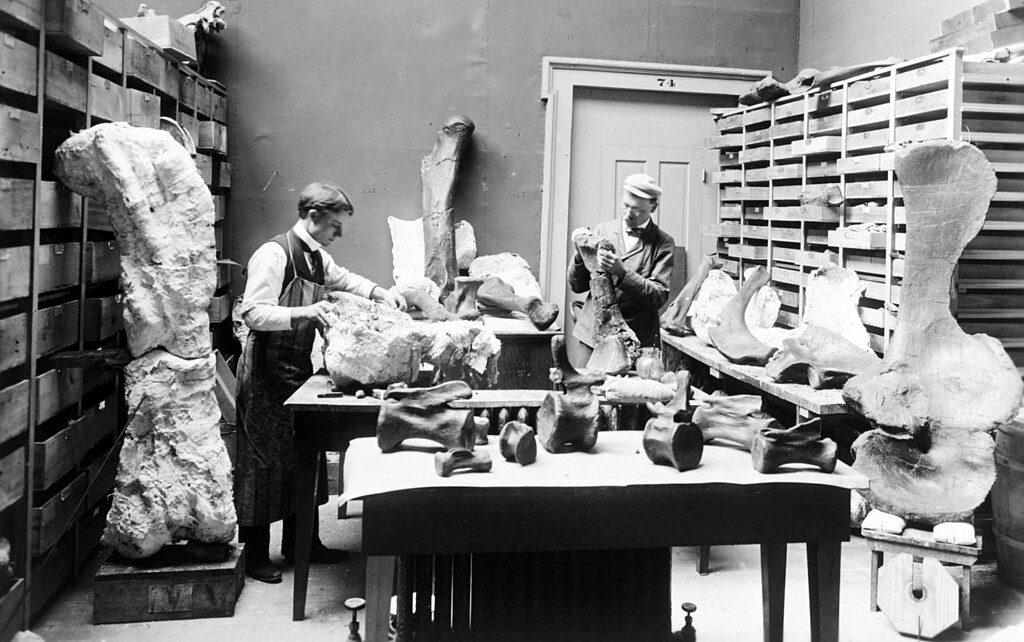
Mary Ann Mantell (née Woodhouse) was born in 1795, during an era when women’s contributions to science were rarely acknowledged or encouraged. She married Dr. Gideon Mantell, a surgeon with a passionate interest in geology and fossils, in 1816. Unlike many women of her time who remained in the background of their husbands’ work, Mary Ann actively participated in Gideon’s scientific pursuits. She accompanied him on fossil-hunting expeditions and developed a trained eye for unusual specimens. Her education and interests were uncommon for women of the Georgian era, highlighting her exceptional character. Despite her pivotal role in one of the most significant paleontological discoveries of the 19th century, Mary Ann’s contribution would be overshadowed in historical accounts, with credit often given primarily to her husband.
The Fateful Walk of 1822
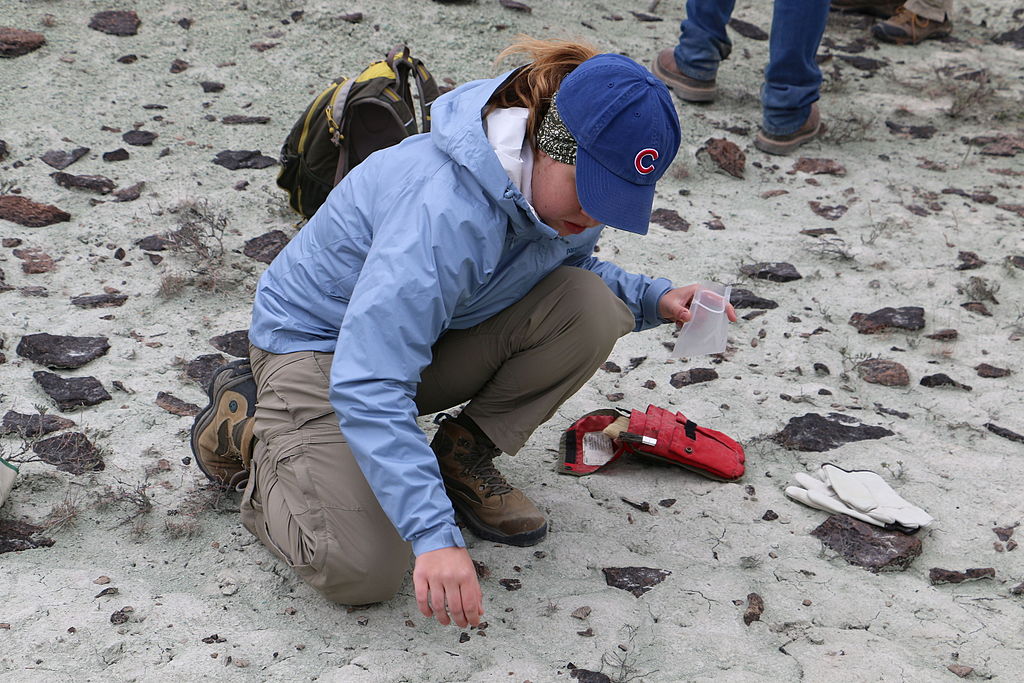
In the spring of 1822, Mary Ann accompanied her husband on a routine house call to a patient near Cuckfield in Sussex. While Dr. Mantell attended to his patient, Mary Ann took a stroll along a country lane where road repairs were underway. Workmen had excavated portions of the road, exposing layers of stone and soil that contained various fossils. With her trained eye, Mary Ann noticed something unusual among the rubble—several large, brown objects that resembled enormous teeth. Recognizing their potential significance, she collected these specimens to show her husband. This seemingly mundane walk would prove to be a pivotal moment in scientific history, as the specimens she gathered would challenge existing understandings of prehistoric life. The chance nature of this discovery highlights how scientific breakthroughs often occur through unexpected circumstances and keen observation.
The Mysterious Teeth
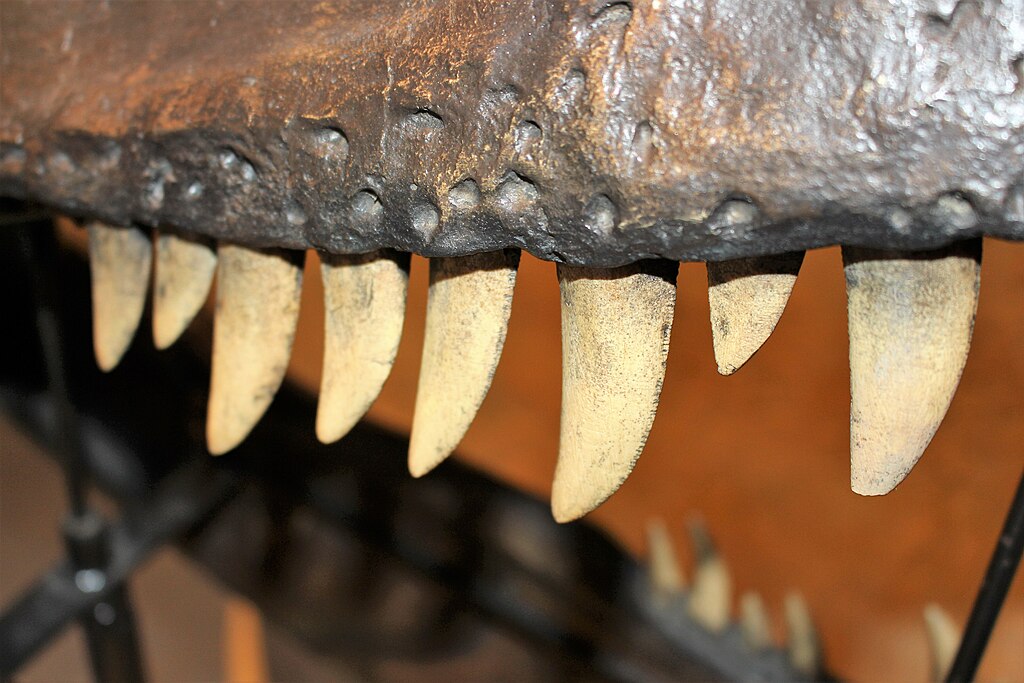
The fossils Mary Ann discovered were unlike anything previously documented in scientific literature. They were large, flattened teeth with serrated edges, measuring several inches in length. Their distinctive appearance prompted immediate curiosity from Dr. Mantell, who recognized they were not from any known modern animal. The teeth showed clear signs of wear, indicating they came from a herbivorous creature that ground down vegetation. Their size suggested an animal of massive proportions, far larger than any reptile known to exist in contemporary times. The preservation quality was remarkable, with fine details of the enamel structure still visible despite their age. These unusual characteristics would launch the Mantells on a scientific journey that would last for years as they sought to understand what kind of creature could have possessed such extraordinary dentition.
The Scientific Puzzle
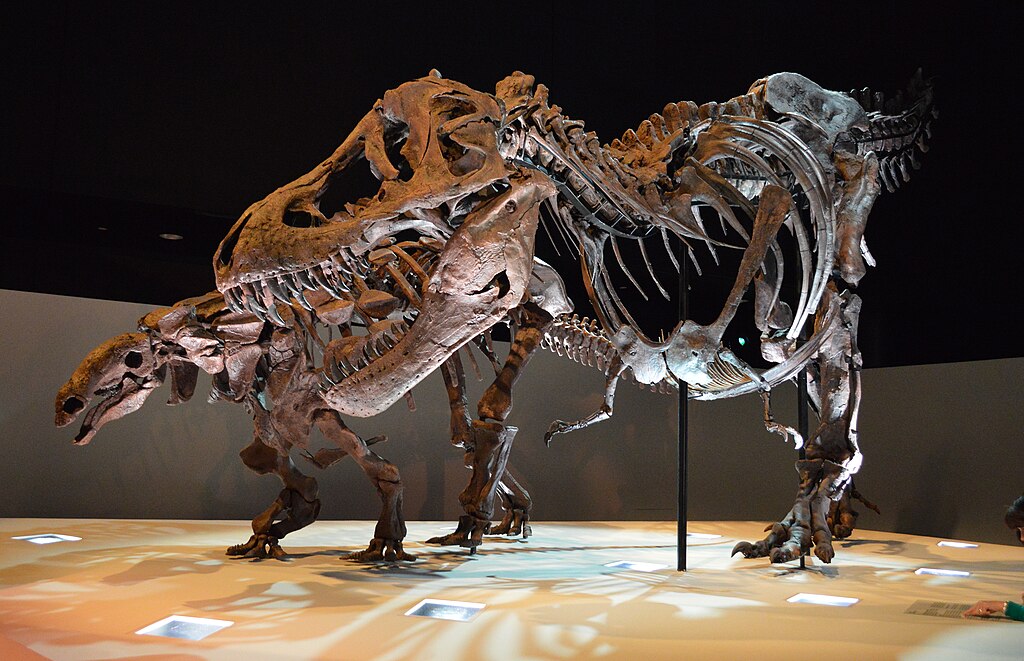
Dr. Gideon Mantell faced significant challenges in identifying the mysterious teeth his wife had discovered. The scientific community of early 19th century Britain was still largely dominated by catastrophism and biblical interpretations of Earth’s history. The prevailing belief was that species did not go extinct but rather continued to exist somewhere unexplored on Earth. Mantell methodically compared the fossil teeth to those of existing animals in museum collections throughout Britain, finding no satisfactory match. He consulted with prominent naturalists, including the renowned French anatomist Georges Cuvier, who initially misidentified the teeth as belonging to a rhinoceros. Undeterred by these setbacks, Mantell continued his investigation for several years, gathering additional fossil evidence from the same geological formation, including bones and other teeth. This persistence in the face of scientific uncertainty exemplified the meticulous approach necessary for groundbreaking discoveries.
The Iguanodon Revelation

The breakthrough in identifying the mysterious creature came in 1824 when Dr. Mantell visited the Royal College of Surgeons in London. While examining the teeth of various reptiles in their collection, he noticed striking similarities between his wife’s fossil finds and the teeth of modern iguanas, though the fossils were many times larger. Samuel Stutchbury, a naturalist at the college, confirmed the resemblance, suggesting the fossils belonged to a giant, extinct form of iguana. Mantell coined the name “Iguanodon” (meaning “iguana tooth”) for this prehistoric creature, estimating it had reached lengths of up to 100 feet based on the proportional difference between the fossil teeth and those of modern iguanas. Though later research would revise this size estimate considerably, Mantell’s initial description established the Iguanodon as one of the first dinosaurs ever scientifically named. The formal scientific paper announcing the discovery was published in 1825, marking a watershed moment in paleontological history.
Challenging Biblical Timelines

The Mantells’ discovery of the Iguanodon challenged the prevailing religious and scientific narratives of their time in profound ways. The early 19th century scientific establishment largely adhered to a biblical chronology that suggested Earth was only a few thousand years old. The existence of massive, extinct reptiles did not fit within this narrow timeframe or the biblical account of creation. The Iguanodon fossils, found in rock layers that geologists were beginning to recognize as extremely ancient, suggested that Earth had a much longer and more complex history than previously believed. This discovery contributed to a growing body of evidence that would eventually support Charles Lyell’s principles of geology and, later, Charles Darwin’s theory of evolution. The Mantells faced criticism and skepticism from religious authorities and traditional scientists who were reluctant to accept evidence that contradicted established beliefs about Earth’s history and the development of life.
The Birth of Dinosaur Science
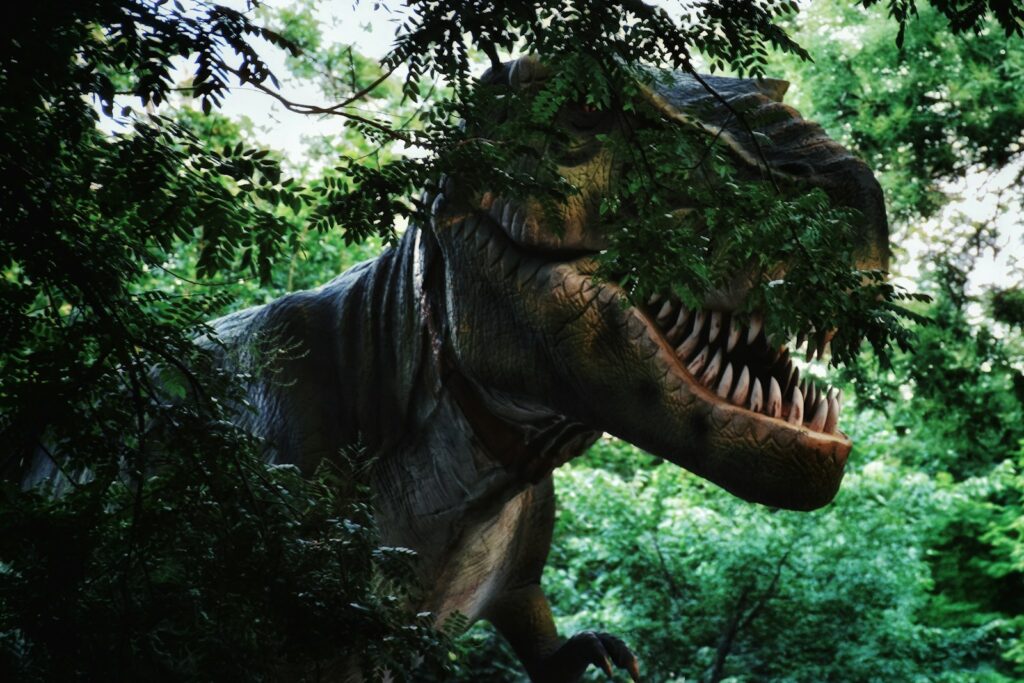
Mary Ann’s discovery marked the beginning of what would become dinosaur paleontology, though the term “dinosaur” had not yet been coined. In 1842, British anatomist Richard Owen would create the taxonomic group “Dinosauria” based partly on the Iguanodon and two other prehistoric reptiles that had been discovered in the intervening years. The scientific study of these extinct creatures captured the public imagination and led to increased interest in prehistoric life. Museums began displaying reconstructions of these ancient animals, and paleontological expeditions were launched to find more specimens. The science of paleontology grew rapidly throughout the 19th century, with discoveries across Europe, North America, and eventually worldwide. Fossil hunting transitioned from a gentleman’s hobby to a serious scientific discipline with dedicated researchers and institutions. This scientific revolution in understanding Earth’s prehistoric past can be traced directly back to those teeth Mary Ann Mantell spotted during her countryside walk.
Evolving Understanding of Iguanodon
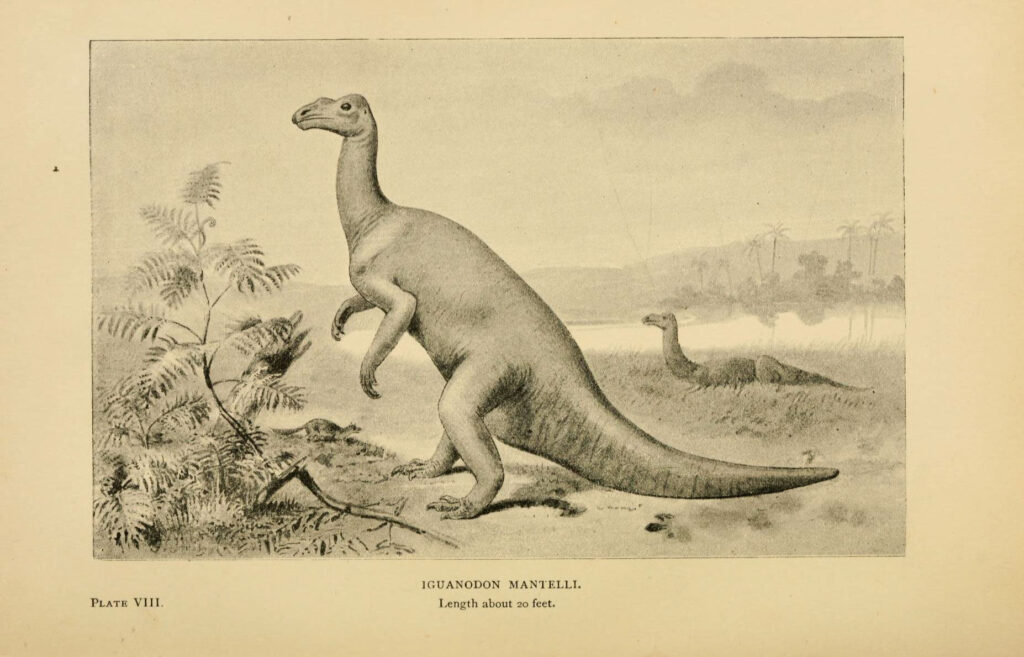
Scientific knowledge about the Iguanodon has evolved dramatically since the Mantells’ initial discovery. Dr. Mantell’s first reconstruction portrayed the creature as a massive, quadrupedal lizard with a horn on its nose, based on limited fossil evidence. In 1834, additional Iguanodon specimens were discovered in a quarry in Maidstone, Kent, providing more complete skeletal material that refined understanding of the animal’s structure. The most significant revision came in 1878 when dozens of complete Iguanodon skeletons were discovered in a coal mine in Bernissart, Belgium, revealing that the “horn” Mantell had identified was actually a modified thumb spike. These specimens showed that Iguanodon could walk on either two or four legs and was much more dinosaur-like than originally thought. Modern paleontologists now recognize Iguanodon as a member of the ornithopod group of dinosaurs, measuring about 10 meters long, with distinctive thumb spikes and specialized teeth for processing tough plant material. This evolving understanding demonstrates how science continuously refines knowledge as new evidence emerges.
The Erasure of Mary Ann’s Contribution
Despite her crucial role in the discovery of the Iguanodon, Mary Ann Mantell’s contribution has been frequently minimized or entirely omitted from historical accounts. Contemporary scientific papers and publications credited Gideon Mantell alone, following the convention of the time that dismissed women’s intellectual contributions. Mary Ann’s marriage to Gideon ended in divorce in 1839, further distancing her from the scientific legacy she helped create. Her name rarely appeared in the growing literature on paleontology throughout the 19th century, and even modern accounts sometimes relegate her role to that of a mere assistant. This erasure reflects broader patterns of women’s exclusion from scientific recognition throughout history. Similar cases include Mary Anning, whose groundbreaking fossil discoveries of marine reptiles received little recognition during her lifetime, and Rosalind Franklin, whose critical work on DNA structure was overshadowed by her male colleagues. Mary Ann’s story reminds us to question historical narratives and recognize overlooked contributors to scientific progress.
The Geological Context of the Discovery

The fossils Mary Ann Mantell discovered came from what geologists now call the Wealden Group, a series of Early Cretaceous sedimentary rocks deposited approximately 140-125 million years ago. This geological formation extends across parts of southern England, particularly in Sussex, Kent, and Surrey. During the Early Cretaceous period, this region was a vast floodplain with rivers, lakes, and swamps, creating ideal conditions for preserving the remains of prehistoric creatures. The rock layers that yielded the Iguanodon teeth consisted primarily of sandstones and mudstones, formed from sediments that accumulated in these ancient wetlands. The Wealden deposits have proven exceptionally rich in dinosaur fossils, yielding numerous species beyond Iguanodon, including the armored Polacanthus and the predatory Baryonyx. The geological context of these fossils provided crucial evidence for understanding not only the creatures themselves but also the environments they inhabited and the processes that led to their preservation over millions of years.
Personal Tragedy Amid Scientific Legacy
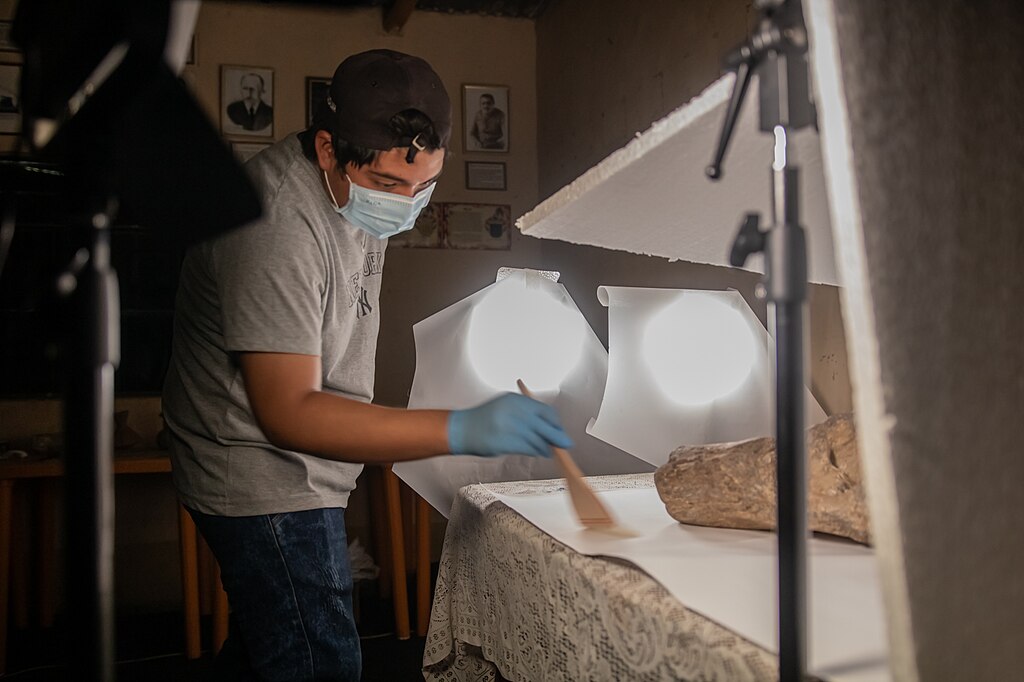
Despite the scientific significance of their discoveries, the Mantells’ personal lives were marked by tragedy and hardship. Mary Ann and Gideon had four children, but their marriage deteriorated over time, partly due to financial strain caused by Gideon’s obsessive fossil collecting and research. Their divorce in 1839 was scandalous for the era and damaged Gideon’s social standing. Mary Ann faded into obscurity after the divorce, with little record of her later life or activities. Gideon Mantell continued his paleontological work but suffered from a severe spinal deformity that caused him chronic pain, eventually leading to an addiction to opium. In 1852, he died from an accidental overdose of his pain medication. Their son Walter died in New Zealand during the New Zealand Wars. The contrast between the Mantells’ enduring scientific legacy and their personal struggles highlights the human dimension behind major scientific discoveries. The knowledge they helped establish continues to influence our understanding of prehistoric life, even as their own lives were marked by difficulties that history has largely overlooked.
Modern Recognition and Historical Reassessment
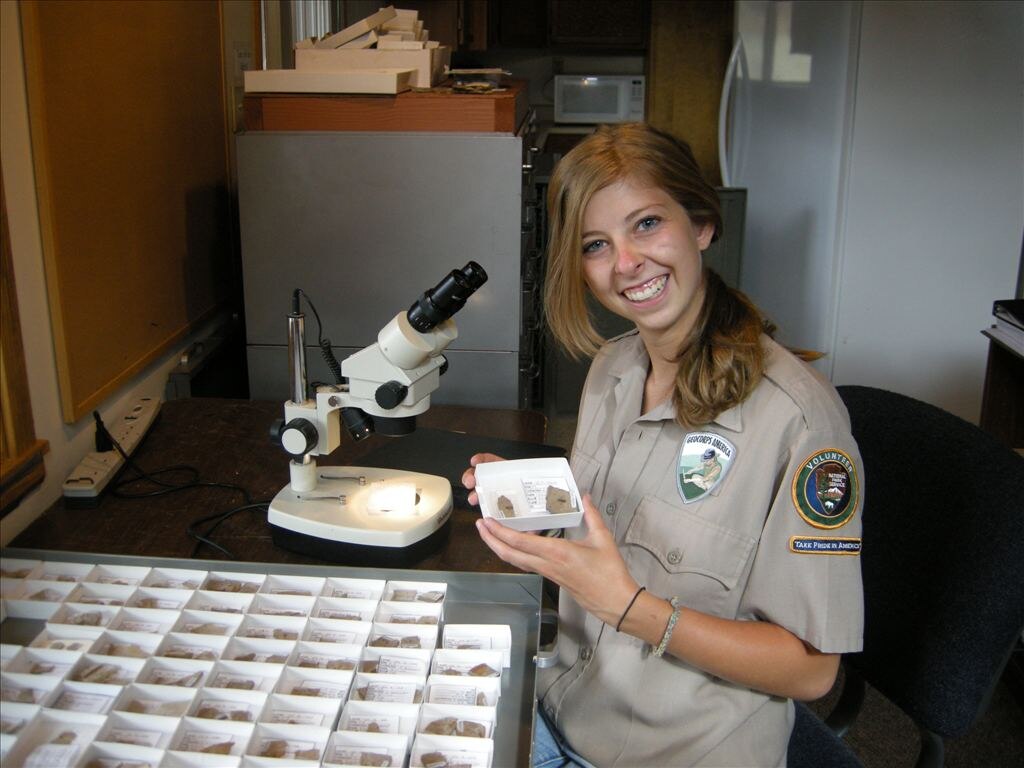
In recent decades, historians of science have begun to reassess Mary Ann Mantell’s role in the discovery of the Iguanodon, part of a broader effort to recognize women’s contributions to scientific advancement. Several contemporary paleontological institutions and museums now explicitly credit Mary Ann in their exhibits about the history of dinosaur science. The Mantell Collection at the Natural History Museum in London includes the original Iguanodon teeth she discovered, with information acknowledging her role in their discovery. Feminist historians have highlighted her case as an example of how women’s scientific contributions have been systematically undervalued and erased from historical narratives. Some scholars argue that Mary Ann deserves co-discovery status with her husband, rather than being portrayed merely as an assistant. This reevaluation reflects changing attitudes about gender in science and a commitment to more accurate and inclusive historical accounts. Organizations like The Geological Society now regularly highlight Mary Ann’s story in educational materials about the history of paleontology.
The Lasting Impact of a Chance Discovery
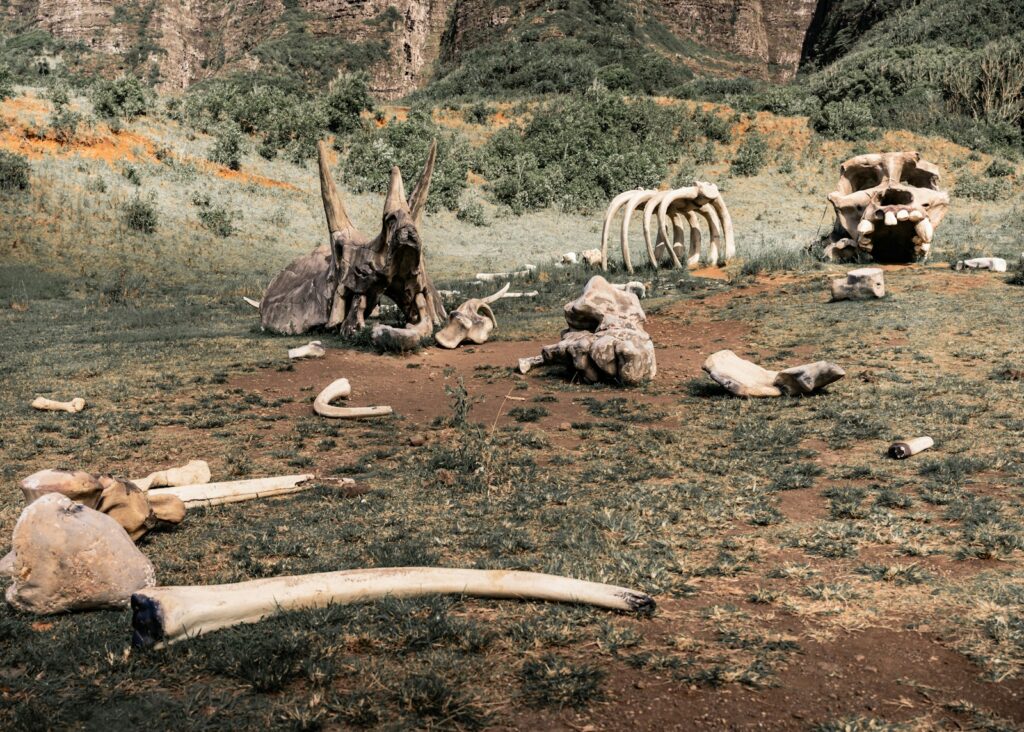
The ripple effects of Mary Ann Mantell’s discovery extend far beyond paleontology into broader scientific and cultural realms. The identification of dinosaurs revolutionized humanity’s understanding of Earth’s history, providing concrete evidence for extinction and ancient ecosystems that predated humans by millions of years. This discovery contributed significantly to the development of evolutionary theory and modern geology, helping establish the concept of deep time. Dinosaurs have become cultural icons that capture public imagination, appearing in everything from museum exhibits to films and children’s toys, stimulating interest in science across generations. The field of paleontology that grew from these early discoveries now employs sophisticated technologies like CT scanning and molecular analysis to continue revealing details about prehistoric life. Educational curricula worldwide include dinosaurs as a way to introduce students to concepts in biology, geology, and scientific investigation. All of these developments can be traced back to that moment in 1822 when Mary Ann Mantell noticed unusual teeth among roadside rubble, demonstrating how a single observant individual can set in motion changes that transform our understanding of the world.
Conclusion
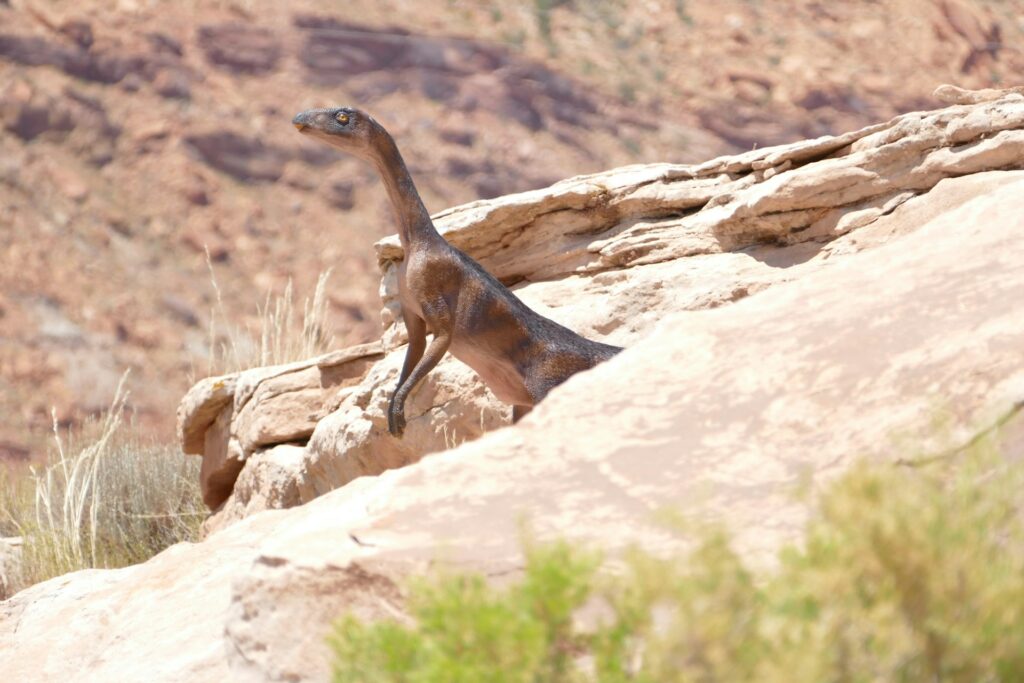
Mary Ann Mantell’s garden walk in 1822 represents one of those pivotal moments when chance observation, combined with scientific curiosity, altered the course of human knowledge. Her discovery of Iguanodon teeth helped establish the field of dinosaur paleontology, challenged prevailing notions about Earth’s history, and contributed to a scientific revolution that continues to unfold today. Though her contribution was long overshadowed by her husband’s and the scientific conventions of her time, modern reassessment has begun to restore her rightful place in the history of science. The story of Mary Ann Mantell reminds us that scientific progress often depends not only on methodical research but also on the keen observations of individuals who notice what others overlook. Her legacy lives on in every dinosaur exhibit, every paleontological discovery, and in our collective understanding of the ancient world that existed long before humans walked the Earth.

